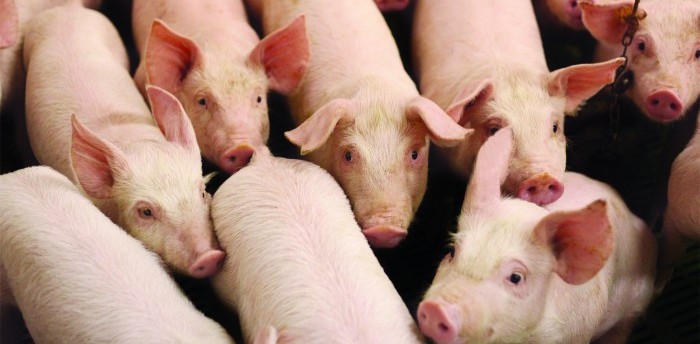EU pork production is expected to decline by around 3 to 4% this year, according to the latest quarterly pork report from Rabobank.
EU pork production fell by 5% between January and October 2022, with most countries suffering declines, albeit to varying degrees. In October 2022, production was down by 10% in Germany, 9% in Poland, 5% in Denmark, 2% in Spain, 2% in France and 0.5% in the Netherlands.
In contrast, production in the UK was up 2% in the year to October due to higher carcase weights resulting from the backlog.
EU pork exports declined by 18% in the year to October, with volumes to China down by 43% in the year to date, despite slowed a small rebound in the second half of the year. However, the figures suggest that volumes exported to other destinations decreased as China volumes recovered.
Rabobank predicts that in the first quarter of 2023, exports from the EU and UK to China will decrease relative to the end of 2022, as Chinese demand is forecast to soften in response to a surge in domestic production, combined with reduced consumption after a wave of Covid.
Lower EU pork supplies are expected to be largely balanced by lower seasonal demand during Q1, with prices forecast to dip in Q1 before rising, ‘possibly sharply’, as demand picks up.
Average EU pig prices were 55% up year-on-year in mid-December 2022, while the EU piglet price rose by 15% in the space of a few weeks towards the end of the year, reflecting tight supplies. Higher piglet prices have improved breeding pig farm margins but put fatteners under more pressure, according to Rabobank.
It also predicts that feed prices will remain high in Q1, although the peak has passed.
Global recession
In terms of the wider pork market, the global recession is affecting pork demand and increasing volatility, Rabobank says.
Despite being considered less affected than more expensive proteins, pork is still facing some pressure on consumption due to challenged household incomes, increased savings, and a potential decline in specific channels
Rabobank is forecasting a small increase in global pork trade for this year, although this is expected to be limited as supply tightens in exporting countries and rises in importing countries.
“Trade is expected to increase modestly in Q1 2023, but it may find growth difficult to sustain through the year, given slow production in major exporting regions like the EU and US,” said Chenjun Pan, senior analyst – animal protein at Rabobank.
By contrast, Brazil, which continued to grow exports in 2022, is expected to increase production and exports this year.
The reopening of the world’s largest pork market, China, will impact the global supply-demand balance, but, at the same time, the further recovery and growth in local production in South-East Asia and China will mean demand for imports will ease, particularly in the second half of 2023.
“The timing and extent of a demand rebound is uncertain, and will be uneven due to ongoing Covid waves, macroeconomic headwinds, and weak business confidence,” Mr Pan added.
Key factors
The report also highlights several key factors to watch in Q1 2023 and beyond, including feed grain prices and volatility due to drought in Argentina, poor US harvests, lower ending stock globally, and demand uncertainties.
Additionally, herd health, including incidents of African swine fever (ASF), PRRS, and PED, post-Covid consumer demand recovery in China, macroeconomic conditions, and the competitiveness of pork in retail and foodservice channels will also have an impact.




